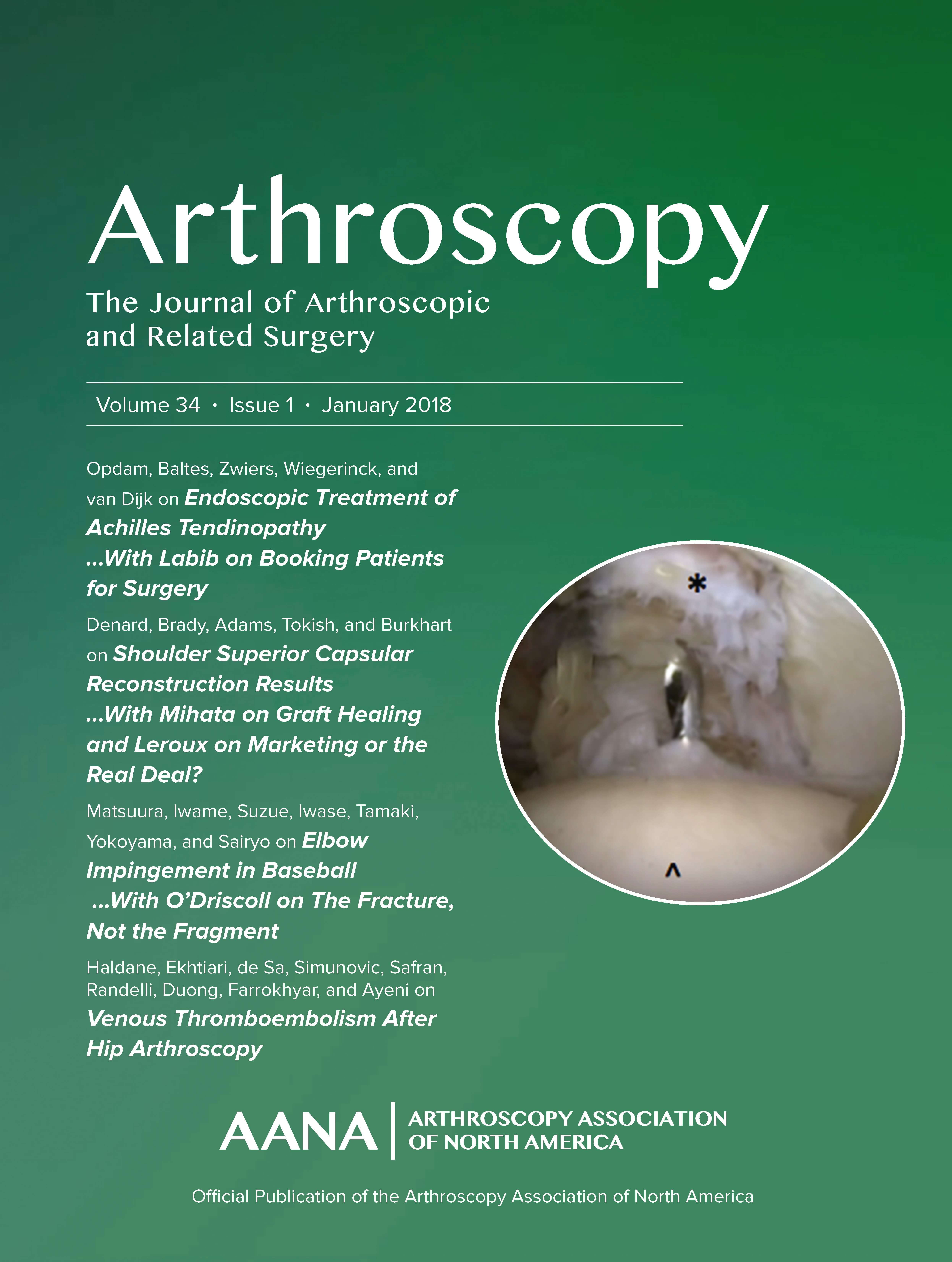
ACL reconstruction: Anteromedial portal technique yields a more anatomical tunnel position

ACL reconstruction: Anteromedial portal technique yields a more anatomical tunnel position
Comparison of tunnel orientation between transtibial and anteromedial portal techniques for anatomic double-bundle anterior cruciate ligament reconstruction using 3-dimensional computed tomography
Arthroscopy. 2013 Feb;29(2):195-204. doi: 10.1016/j.arthro.2012.08.020. Epub 2012 Dec 24Synopsis
50 patients, undergoing anatomic double-bundle anterior cruciate ligament (ACL) reconstruction, were randomized to have the femoral tunnel created using either the transtibial or anteromedial portal technique. Accuracies of the tunnel placement, angle, and length were measured 7 days following reconstruction. The results displayed that the femoral tunnels were positioned deeper, lower, and nearer ...
To view the full content, login to your account,
or start your 30-day FREE Trial today.
FREE TRIAL
LOGIN
Forgot Password?
Explore some of our unlocked ACE Reports below!

Learn about our AI Driven
High Impact Search Feature
Our AI driven High Impact metric calculates the impact an article will have by considering both the publishing journal and the content of the article itself. Built using the latest advances in natural language processing, OE High Impact predicts an article’s future number of citations better than impact factor alone.
Continue



 LOGIN
LOGIN

Join the Conversation
Please Login or Join to leave comments.